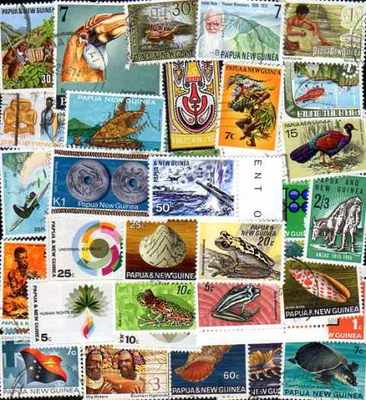Discovering New Guinea: A Land of Rich Culture and Biodiversity

Introduction
New Guinea, the world’s second-largest island, is renowned for its remarkable diversity in culture, languages, and ecosystems. Shared by Papua New Guinea to the east and Indonesia to the west, this tropical paradise holds significant importance not only for its cultural heritage but also for global biodiversity. Recent events have brought attention to both the preservation efforts for its unique environment and the political and social challenges facing its inhabitants.
A Cultural Melting Pot
New Guinea is home to over 800 distinct languages, making it one of the most linguistically diverse places on Earth. This remarkable variety is accompanied by a rich tapestry of cultural traditions and practices. In recent months, various festivals and cultural programs have been celebrated, highlighting the artistry and traditions of the Indigenous peoples, including the Huli and Sepik tribes. Such events not only promote local pride but also raise awareness about the threats of globalization and environmental change to their cultural identities.
Environmental Concerns
The island’s biodiversity is equally impressive, hosting some of the world’s rarest species. However, ongoing deforestation and mining activities pose severe threats to this delicate ecosystem. In a report published by conservation organizations in October 2023, it was indicated that illegal logging and land conversion for agriculture have accelerated in certain areas, prompting urgent calls for stronger environmental protections. Local governments and international organizations are advocating for sustainable practices as a way to balance economic development with ecological preservation.
Political and Social Challenges
Political instability remains a pressing issue in New Guinea. Recent elections have seen increased tension and allegations of corruption, which has drawn criticism from both local citizens and international observers. The government’s ability to effectively address infrastructural needs and economic disparities is crucial for improving the quality of life for its residents. Furthermore, access to health care and education continues to be inadequate in many regions, prompting non-profit organizations to step in to fill the gaps left by governmental shortcomings.
Conclusion
New Guinea stands at a crossroads of opportunity and peril. With its vast cultural richness and ecological treasures, the island has the potential to serve as a beacon of resilience and sustainability. However, without concerted efforts to address the pressing environmental, political, and social issues, this potential may be overshadowed by challenges that could hinder progress. As global attention increasingly focuses on Indigenous rights and environmental conservation, New Guinea’s future will depend on collaborative efforts between governments, local communities, and international stakeholders. For readers interested in supporting these initiatives, staying informed and advocating for sustainable practices can contribute to a brighter future for this unique land.









